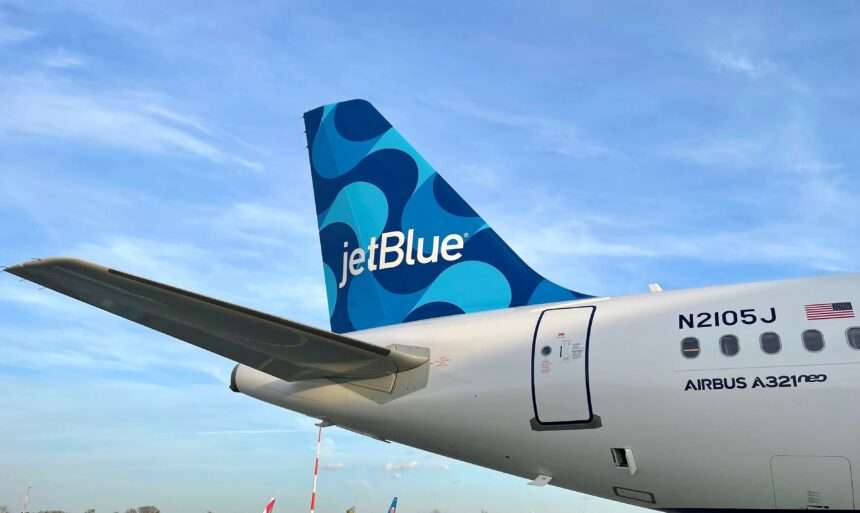Alaska Airlines has presented a Bombardier Q400 regional turboprop to ZeroAvia to be retrofitted with a hydrogen-electric propulsion system.
When Alaska Airlines’ regional carrier Horizon Air retired its Q400 fleet, it reserved one of the aircraft for research and development purposes to further advance zero emissions technology for the aviation industry.
The 76 seat turboprop commuter aircraft was repainted with a special livery to highlight the innovative mission of this partnership.
The aircraft handover event took place ZeroAvia’s Paine Field research and development site, and also included the display and demonstration of the electric engine propulsion system on a ground-based test rig.
ZeroAvia debuted its multi-megawatt modular electric motor system in a 1.8MW prototype configuration at the event – demonstrated with a propeller spin aboard the ZeroAvia’s 15-ton HyperTruck ground-test rig.

Combined with higher temperature PEM fuel cells and advanced power electronics, the leading-edge electric motor technology is one of three key building blocks for enabling commercially-relevant hydrogen fuel cell engines for larger aircraft.
[monsterinsights_popular_posts_inline]
“This is a great step forward in aviation innovation, to help create a new future of flight – right here at home,” said Alaska Airlines CEO Ben Minicucci.
“Alaska Airlines has defined a five-part journey to achieve net zero carbon emissions long-term, but we can’t get there alone. New technologies are required to make that future possible, and we’re thrilled to partner with industry leader ZeroAvia to make new zero emissions options a reality.”
Developing a viable zero-emission aircraft
Mating up ZeroAvia’s powertrain with the Dash 8-400 airframe will potentially produce a commercially viable zero-emission aircraft with fuel cell engine technology around five times more powerful than what has been demonstrated anywhere to date.
“Demonstrating this size of aircraft in flight, powered entirely by novel propulsion, would have been unthinkable a few years ago,” said Val Miftakhov, founder and CEO of ZeroAvia.
“Launching this program puts us on track for a test flight next year, and accelerates our progress toward the future of zero-emission flight for Alaska Airlines and for the world at large.”
ZeroAvia has already demonstrated a track-record of world-first flight testing. In January, ZeroAvia flew a retrofitted 19-seat aircraft with its prototype 600kW hydrogen-electric engine (ZA600).
This followed the demonstration flight of a 250kW system in 2020, which at the time of flight was the world’s largest aircraft flown using a novel zero-emission power source.
ZeroAvia’s hydrogen-electric engine uses fuel cells to generate electricity from hydrogen fuel, before using that electricity to power electric motors which turn the aircraft propellers.
HyperCore Motor
The 1.8MW motor configuration demonstrated consists of two “HyperCore” motor modules, each a high-power, high-speed 900kW permanent magnet radial flux machine which operates at 20,000 rpm.
This performance matches that of typical turbine engine power turbine speeds, providing an unprecedented 15kW/kg motor power density.
Crucially, HyperCore’s modular design and performance meets a number of regional turbo-prop and regional jet requirements.
The HyperCores were successfully integrated with the stock Dash 8-400 engine gearbox and propeller, which dramatically simplifies integration into the aircraft as a replacement for a stock turbine engine.









